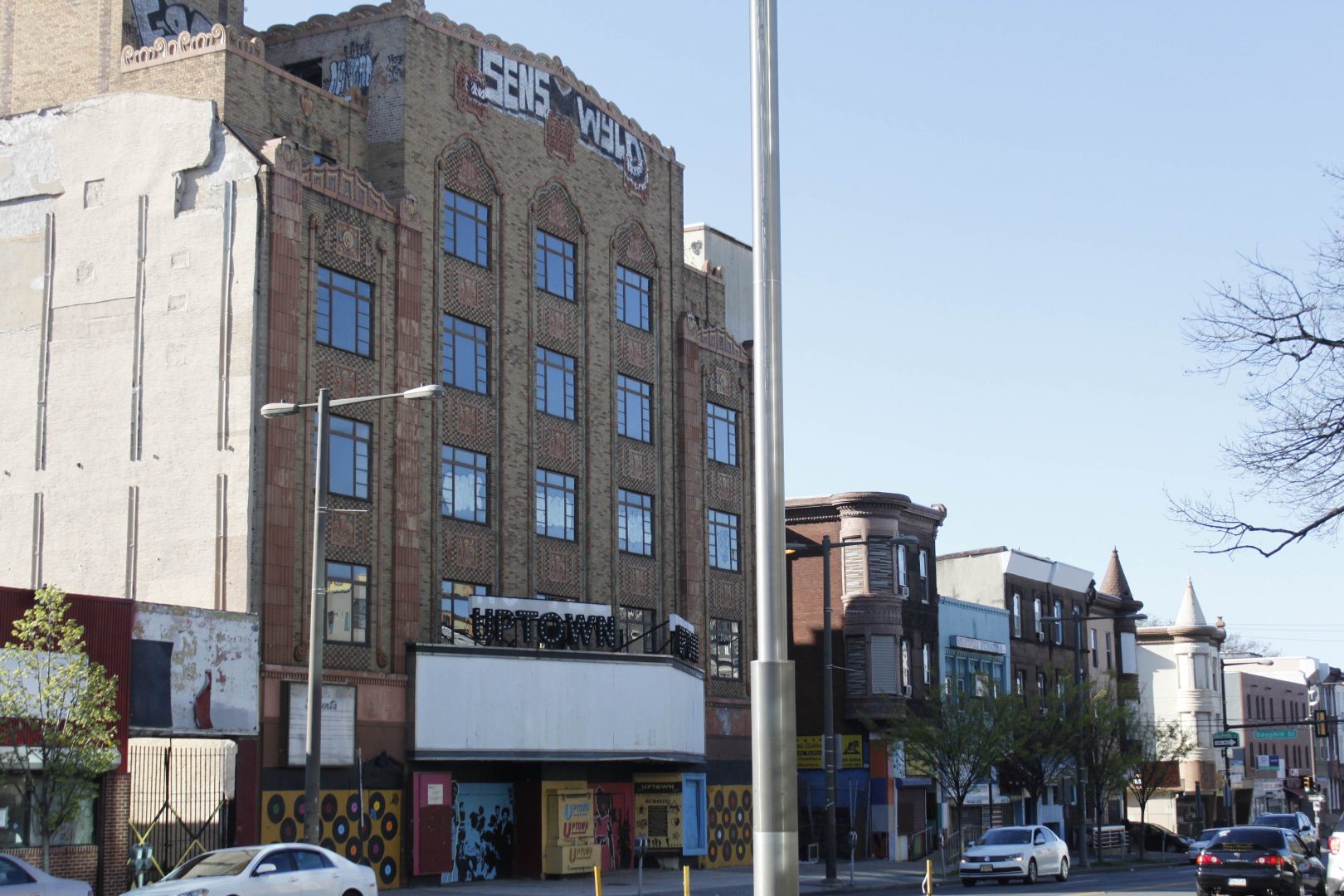
Philadelphia has held many identities in the more than three centuries since its founding. From its colonial days to its industrial production in the mid-1800s, through its metropolitan status in the early 20th Century and current setting for influential creatives and social justice campaigns, historically important locations can be found throughout the city.
Yet, as one of the oldest cities in the United States of America, it may be surprising to find that only 2.2% of Philadelphia’s buildings are historically designated, according to the National Trust for Historic Preservation. Compared to other cities on the east coast founded in the 17th and 18th centuries, this is a relatively low percentage. Washington has about 19%, Boston has over 7%, and New York City has 3.5% of each city’s buildings designated as historic.
With a past as rich as Philadelphia’s, there is no shortage of historically important structures in the city. Yet to receive the official designation, each building must go through a process.
What does historic designation mean?
Historic designation means a building is protected against demolition as well as insensitive alterations.
According to the City’s Historical Commission, property owners need to consult the City if they want to “make changes to your property that require a building permit, or alter the exterior of the building or site features.”
Cosmetic or structural alterations need to abide by city code.
“You can certainly make changes to buildings that are on the register but you have to go through a review and approval process to make sure that those changes are being done in a historically sensitive way,” Patrick Grossi, advocacy director at the Preservation Alliance of Greater Philadelphia said.
What structures could be eligible?
Historic designation can apply to buildings, bridges, public interiors, districts, parks, memorials, and fountains.

What are the criteria for historic designation?
If a building meets any one of the criteria, it is eligible for historic designation. Their criteria can be generally reduced to historic significance in the field of architecture, a site of an important historical event, a place which adds to the unique character of an area, or location of an archaeological site.
How to:
First, anyone wishing to preserve a property should make sure it is not already on the Philadelphia Register of Historic Places.
Next, the nominator should contact someone at the Historical Commission at (215) 686-7660 or [email protected] to discuss the property and get advice on how to go about the application.
Then, application materials should be prepared. Nominators need an official nomination form, a physical description of the property, a description of the historical significance of the property, and photographs of the property.
Local historical societies or preservation groups can also be consulted to aid in the application process.
Walter Sommers of the Keewaydin Estate in Chestnut Hill had help from the Chestnut Hill Conservancy for its nomination.
“They knew somebody who was very good, very detailed, that had information, on how to write these proposals often,” Sommers said. “So he came over, looked at the house, interviewed us, got historical documents, went through that, and wrote about a 20 page report. That took probably three to four weeks to do.”
After an application is submitted, it must go through three levels of review.
First, it will be reviewed by commission staff for correctness and completion. If revisions are needed, either the nominator or the commission will make them. Once these changes have been made, the commission will contact the property owner to tell them when the first public meeting will take place.
During a public meeting for the Committee on Historic Designation, the nomination is reviewed. Here, the nominator, property owner, and the general public are all allowed to testify.
Lastly, the Committee on Historic Designation’s recommendation is presented to the Historical Commission at its next public meeting. The nomination is reviewed, public testimony is heard, and then the commission votes on the nomination.
If the Historical Commission approves the nomination, the property is listed on the Philadelphia Register of Historic Places.

Where are there resources for owners of historic properties?
For property owners who wish to obtain a plaque for a historic property, the City of Philadelphia has resources available for this process online.
The City will also help make sure that any alterations made to a property are appropriate.
The city’s code defines an alteration as, “a change in the appearance of a building, structure, site, or object which is not otherwise covered by the definition of demolition, or any other change for which a permit is required under The Philadelphia Code.”
This can include changes like re-roofing and cleaning.

Additional resources:
Greater Philadelphia GeoHistory Network https://www.philageohistory.org/geohistory/
Philadelphia Architects and Buildings Database https://www.philadelphiabuildings.org/pab/
Philly History https://www.phillyhistory.org/PhotoArchive/Home.aspx
Preservation Alliance of Greater Philadelphia https://www.preservationalliance.com/resource-links/philadelphia-resources/
Free Library: How to Research the History of a House https://libwww.freelibrary.org/faq/guides/HouseHistory.pdf
Please email any questions or concerns about this story to: [email protected].


Be the first to comment